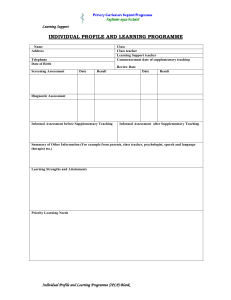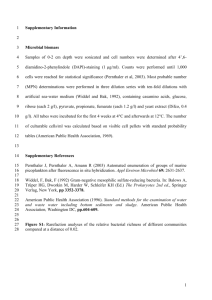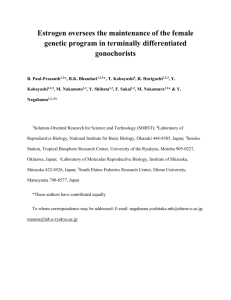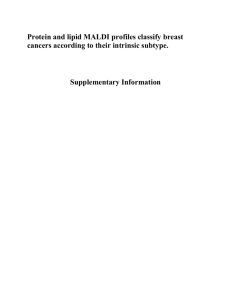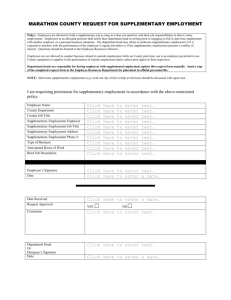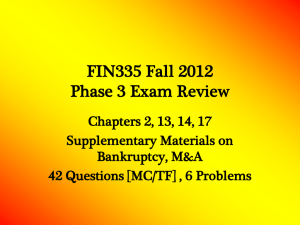Structure Outline -- Body
advertisement
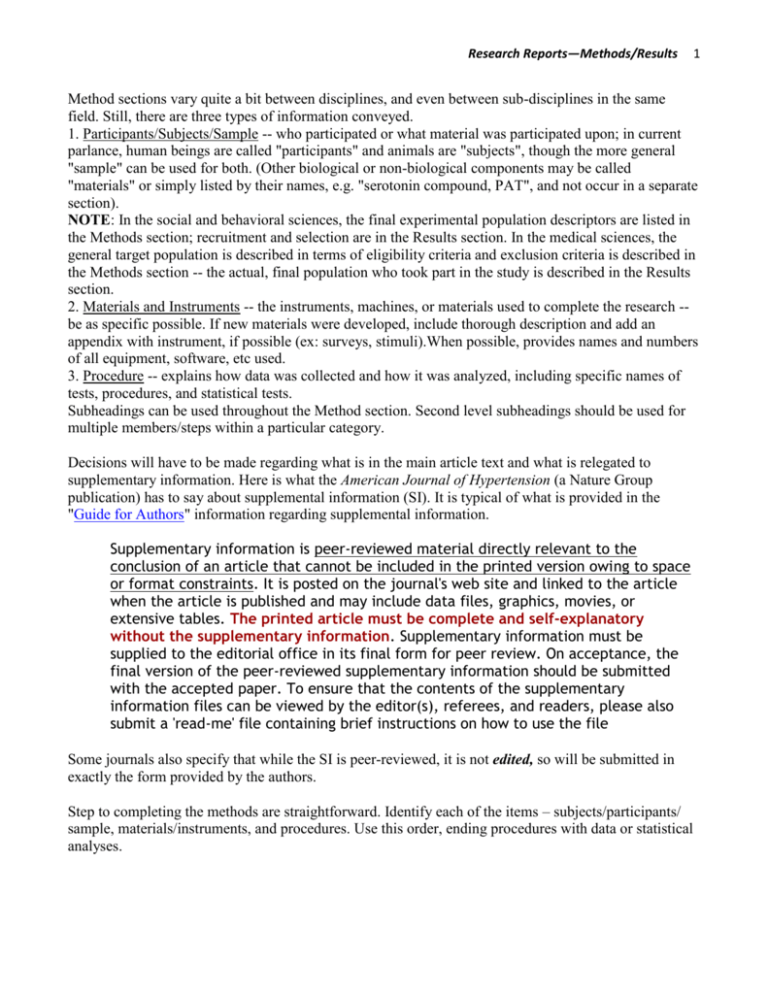
Research Reports—Methods/Results 1 Method sections vary quite a bit between disciplines, and even between sub-disciplines in the same field. Still, there are three types of information conveyed. 1. Participants/Subjects/Sample -- who participated or what material was participated upon; in current parlance, human beings are called "participants" and animals are "subjects", though the more general "sample" can be used for both. (Other biological or non-biological components may be called "materials" or simply listed by their names, e.g. "serotonin compound, PAT", and not occur in a separate section). NOTE: In the social and behavioral sciences, the final experimental population descriptors are listed in the Methods section; recruitment and selection are in the Results section. In the medical sciences, the general target population is described in terms of eligibility criteria and exclusion criteria is described in the Methods section -- the actual, final population who took part in the study is described in the Results section. 2. Materials and Instruments -- the instruments, machines, or materials used to complete the research -be as specific possible. If new materials were developed, include thorough description and add an appendix with instrument, if possible (ex: surveys, stimuli).When possible, provides names and numbers of all equipment, software, etc used. 3. Procedure -- explains how data was collected and how it was analyzed, including specific names of tests, procedures, and statistical tests. Subheadings can be used throughout the Method section. Second level subheadings should be used for multiple members/steps within a particular category. Decisions will have to be made regarding what is in the main article text and what is relegated to supplementary information. Here is what the American Journal of Hypertension (a Nature Group publication) has to say about supplemental information (SI). It is typical of what is provided in the "Guide for Authors" information regarding supplemental information. Supplementary information is peer-reviewed material directly relevant to the conclusion of an article that cannot be included in the printed version owing to space or format constraints. It is posted on the journal's web site and linked to the article when the article is published and may include data files, graphics, movies, or extensive tables. The printed article must be complete and self-explanatory without the supplementary information. Supplementary information must be supplied to the editorial office in its final form for peer review. On acceptance, the final version of the peer-reviewed supplementary information should be submitted with the accepted paper. To ensure that the contents of the supplementary information files can be viewed by the editor(s), referees, and readers, please also submit a 'read-me' file containing brief instructions on how to use the file Some journals also specify that while the SI is peer-reviewed, it is not edited, so will be submitted in exactly the form provided by the authors. Step to completing the methods are straightforward. Identify each of the items – subjects/participants/ sample, materials/instruments, and procedures. Use this order, ending procedures with data or statistical analyses. Research Reports—Methods/Results 2 Research Reports—Methods/Results There are few hard and fast rules for writing Results sections, but there are certainly recommendations that will make Results succeed better. 1. Write results in parallel order to either the Methods section OR the research question. a. Parallel to Methods when multiple tests over the same group/sample/subjects. b. Parallel to RQ when same test/s over multiple groups. i. If multiple tests over multiple groups (ex: control and experimental), then write results in the same order in both groups. 2. If no multiple groups or tests, then write Results in order from strongest (most central) to weakest results. 3
